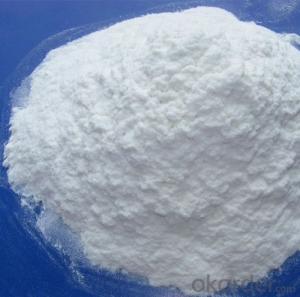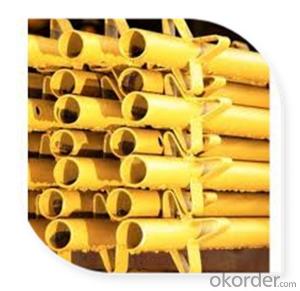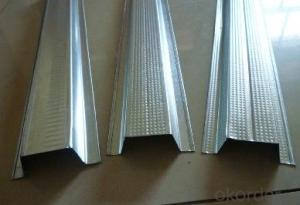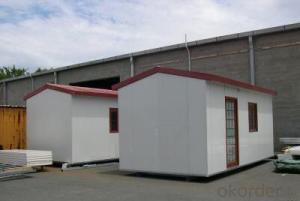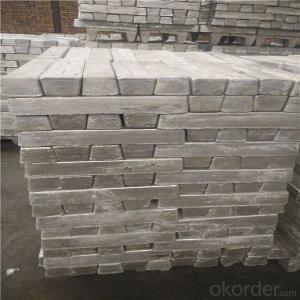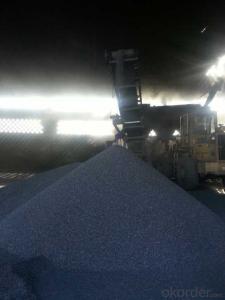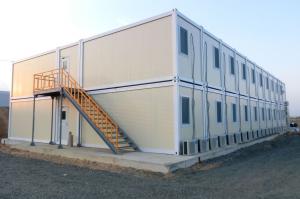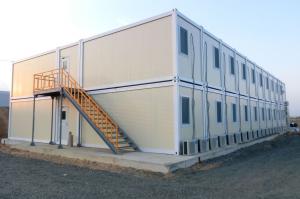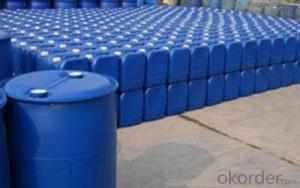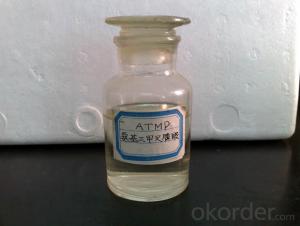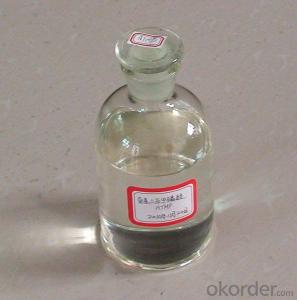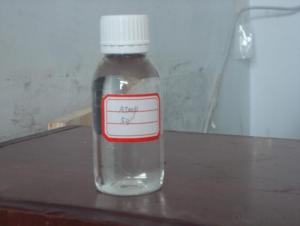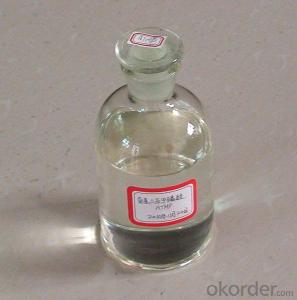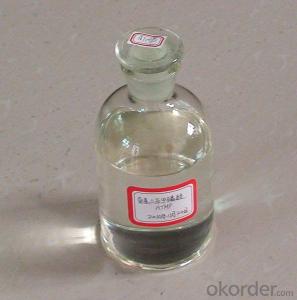Methylcellulose Australia
Methylcellulose Australia Related Searches
Aluminum Awning Windows Structural Insulated Panels Australia Anderson Windows Parts Geogrid Australia Geomembrane Australia Methylcellulose AustraliaHot Searches
Standard Aluminum Plate Sizes Standard Aluminum Stock SizesMethylcellulose Australia Supplier & Manufacturer from China
Okorder.com is a professional Methylcellulose Australia supplier & manufacturer, offers integrated one-stop services including real-time quoting and online cargo tracking. We are funded by CNBM Group, a Fortune 500 enterprise and the largest Methylcellulose Australia firm in China.Hot Products
FAQ
- the heterogenous catalyst ZSM-5 IS used to convert ?
- Zeolite-based heterogeneous catalysts are used by industrial chemical companies in the interconversion of hydrocarbons and the alkylation of aromatic compounds. A very good example is the zeolite ZSM-5. This zeolite, developed by Mobil Oil, is an aluminosilicate zeolite with a high silica and low alumininum content. Its structure is based on channels with insecting tunnels. The aluminium sites are very acidic. The substitution of Al3+in place of the tetrahedral Si4+ silca requires the presence of an added postive charge. When this is H+, the acidity of the zeolite is very high. The reaction and catalysis chemistry of the ZSM-5 is due to this acidity. The ZSM-5 zeolite catalyst is used in the petroleum industry for hydrocarbon interconversion. An example use is in the isomerizations of xylene- from meta to para-xylene. The acidic zeolite promotes carbocation isomerizations. There are two suggested mechanisms for this type of isomerizations. Firstly shape may play a role. Perhaps para-xylene has a shape which allows it to diffuse rapidly through the zeolite structure, whereas as meta-xylene takes longer to pass through the zeolite and thus has more opportunity to be converted into the para-xylene. Secondly, is that the orientation of reactive intermediates within the zeolite channels favors specifically para-xylene.
- Where are they good catalysts and why?? THanks!
- A catalyst is a substance that speeds up a chemical reaction by providing an alternate reaction pathway with a lower activation energy. Catalysts appear not to take part in the reaction. Frequently, catalysts are not very reactive. Acids and bases, on the other hand, are very reactive. Acids (as H+) and bases ( as OH-) sometimes function as catalysts in some organic reactions. They appear to be catalysts because in the course of the mechanism H+ or OH- is regenerated.
- Chemical Reactions Under what circumstances the catalyst accelerates the reaction
- First, more than ninety-nine percent of the catalyst is accelerating the reaction, and if the catalyst kinetics reduces the energy barrier of the reaction, the reaction will naturally accelerate.
- Comparison of biocatalysts with chemical catalysts!
- biocatalyst activity is adjustable, can be subject to hormones and other active regulation of hormones.
- Biological enzymes and chemical catalysts of the differences in the source, nature and catalytic characteristics of the different, specific point
- Biological enzyme catalytic reaction conditions are mild, high selectivity, can not be infected
- The best use of chemical catalysts
- Do not know what you want to use the best thing is what the catalyst is generally used in the process, there will be an initial induction period, the catalytic activity is relatively low, and then reached a stable catalytic state, this paragraph is generally called the catalyst life, the final Due to poisoning, active ingredient aggregation and so on factors, the catalyst activity will be reduced, then need to replace the new catalyst
- What are the characteristics of the catalyst in the chemical reaction?
- In simple terms: the catalyst itself is involved in the reaction, the quality of the reaction before and after the same, the ingredients do not change. The catalyst can change the rate of chemical reaction, increase the rate of reaction called catalyst, slow the inhibitor.
- Could you please explain it, i know they increase reaction rates but how?
- A catalyst lowers the activation energy (the minimum amount of energy needed for a reaction to take place). This means that the particles can react with less energy than they needed before the catalyst was added. (Think about it: if the government lowered the legal age to buy cigarettes, then more people could legally buy cigarettes. Similarly, if we lower the amount of energy needed for particles to react, then more particles can react). Also, a catalyst provides a surface on which the reaction can take place. This increases the number of collisions between the particles of the substances that are reacting.
